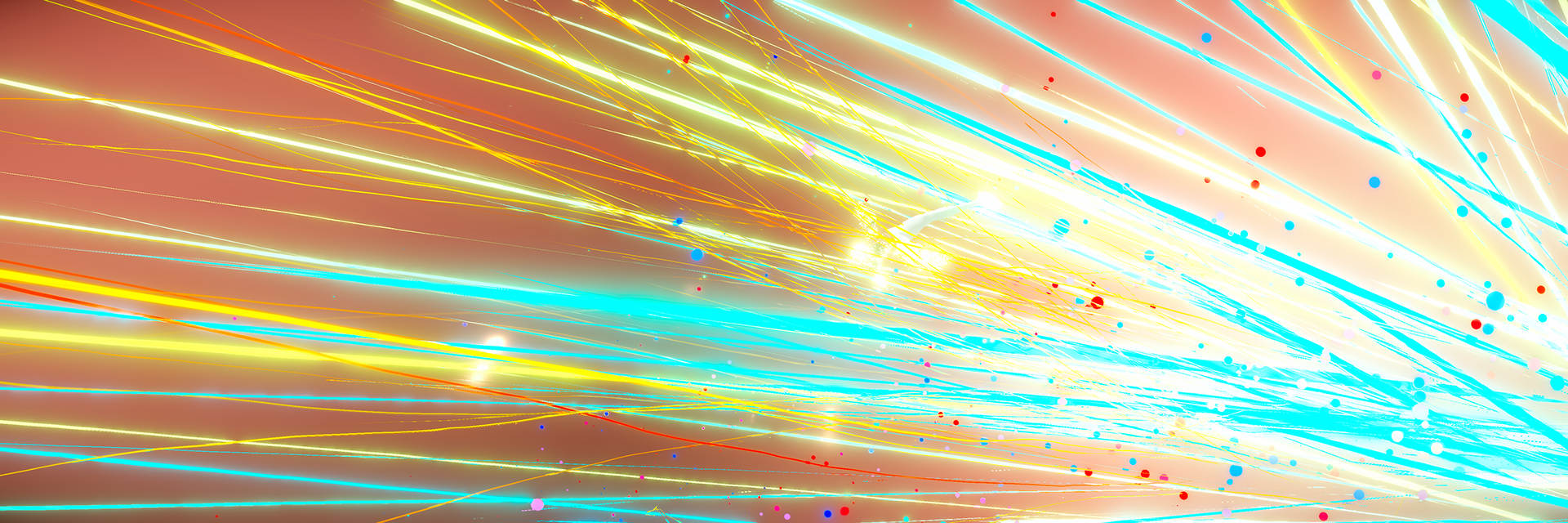Internal Phenomenon
- 2017
Project Type | Installation
Client | Self-Initiated
Location | Venue
Credits :
Visual Design &
Programming | Ke Jyun Wu
“If the environment changes with your
heart, then happiness will come; if your heart changes with the environment,
then chaos will come.”
What influences one’s heart in this chaotic
world is not the outer environment but one’s emotions and attitudes. Internal
Phenomenon focuses on emotions. The project
combines with new media, utilizes the reformation of interactive images, and
reproduces the changing process of emotions. The audience realizes the nature
of emotions and the importance of emotional conversion when they are involved
in the great flood of emotions.
The seven-minute
artwork leads the audience to understand the meaning of the project with four
chapters – Tranquility, Stricture, Transition, and Return.
The Interactive Part
Tranquility – Real-time scene scanning and
visualizing (Kinect – Point Cloud)
Stricture – Emotion recognition (Affectiva)
Transition –Emotion recognition (Affectiva)
Real-time calculus performs the
visualization and the interaction.
Chapter One
-- Tranquility
Concept
Things
and people travel through our lives shortly and simply. After we encounter
these passengers, we express totally different emotions with each other because
our memories and personalities differ from them. The emotions accumulate every
single moment and the feelings grow out from our hearts. Those feelings then
bring us into our state of mind. The mentioned process is originated from the
reflection of our internal mentality. The subjective cognition decides our
state of mind is either struggling or pleasant. If we review the whole process
as a bystander, we will realize all the emotions are temporary and what
influences us is ourselves.
Interactive Mode
The infrared sensor, which locates right in
front of the stage, immediately catches the silhouettes of the participants. At
the same time, the sensor visualizes the silhouettes and projects them to the
virtual scene. The participants can control their self in the virtual scene and
interact with the ball and the environment after the visualizing process.








Chapter Two
-- Stricture
Concept
Everyone
cannot avoid facing difficulties throughout their lives. Sometimes we lose
control of our state of mind and become gloomy. Other times we experience the
unstableness of our emotions after going through frustration several times.
This kind of experience also alters our attitudes towards everything – like the
way we talk and express silently influences people around us. Try to let go of
your subjective stereotypes and emotions. View things in a broader perspective
and adjust your attitudes. In that case, you might get a completely different
result. Eileen Chang, one of the greatest Chinese writers, said, “The world
will smile with you when you smile, but no one will cry along with you.” Smiling
could be the simplest and purest way to deal with frustrating situations and
also the best medicine to ease the pressure in your heart.
Interactive Mode
The performance area has a mirror on the
left side. The micro-computer, which is installed inside the mirror, detects
people’s facial expressions.
The scene immediately adjusts the
brightness, the active level of the particles, and the photosphere’s fluctuating
range according to the strength of the participants’ smile.





Chapter Three
-- Transition
Concept
After several transitions of emotions, one’s
heart will be back to stability and tranquility, but the rise of the emotions
will break the calmness again. However, the transition differs from each
person, which makes it unpredictable.
Interactive Mode
The performance area has a mirror on the left side. The micro-computer, which is installed inside the mirror, detects people’s facial expressions.
The scene switches to the corresponding emotional tunnel according to the facial expressions of the participants.





Chapter Four
-- Return
Concept
After suffering from the storm of emotions
and being back to tranquility, we look back and realize the way our emotions
work – the process repeats itself over and over again. What we can do is to gain
experience over time, gradually become familiar with our emotions, and calmly
distinguish the true quality and essence of things in our lives. This is the
only way to let the environment change with your heart.


